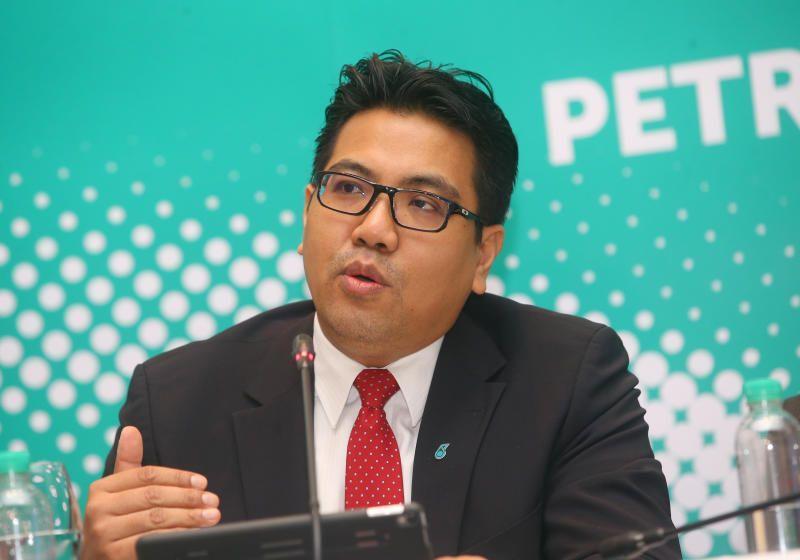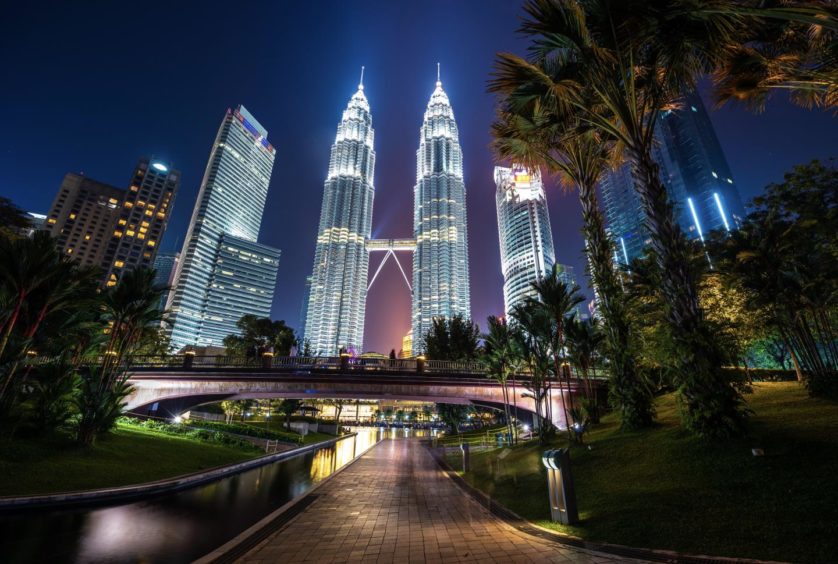
The Malaysian government and state-backed Petronas have made commitments to cut greenhouse gas emissions. However, these goals become particularly challenging when many undeveloped fields with high levels of carbon dioxide (CO2) and hydrogen sulfide need to be tapped to backfill Malaysia’s LNG export complex in the coming years.
If emissions from these high CO2 fields are to be managed, then carbon capture and storage (CCS) will be a key enabler, according to IHS Markit. But it remains to be seen if the economics stack up and whether Malaysia can remain attractive in the context of a global upstream portfolio.
Petronas has unveiled plans for a CCS project to start-up in 2025 at its Kasawari gas field off the coast of Sarawak, Malaysia, as part of a second phase of development at the field. Under a first phase of development Kasawari is expected to come onstream in 2023.
Petronas CEO Tengku Muhammad Taufik Tengku Aziz told Reuters last month that it will be one of the largest CCS projects in the world with a capability of capturing around 3.5 million tonnes of CO2 annually.
The current plan is for final investment approval to be taken on the CCS development in 2022, with first injection of CO2 targeted in 2025. Under this second phase, CCS will be applied to the project with CO2 sent to the nearby depleted M1 field for storage.
If phase two is carried out, then CO2 emissions from the project would dramatically fall from the point that the CCS came onstream. Research from IHS Markit finds that a reduction in CO2 emissions of 46 million tonnes equivalent would be achieved over the operating life of Kasawari.
However, with CCS the capital investment would jump by about $900 million and operating costs would rise by $2,100 million over the life of the project. As a result, net present value (NPV) for Petronas would fall by $430 million, while the government’s NPV would drop by about $800 million, according to IHS Market’s independent analysis.
Based on their analysis, the choice to implement CCS for Kasawari has a tangible impact on the cash flows of the project for both the rights holder, which is Petronas Carigali, and the Malaysian government.
Malaysia, like other producer nations in Southeast Asia, does not currently have a regulatory framework for a carbon tax, which would encourage CCS.
Although the introduction of a carbon price would incentivise the use of CCS, if all other fiscal levers remained the same, then the project economics would be severely impacted, warned IHS Markit.
There is an almost linear relationship between the carbon price and the government cash flows, with the introduction of a carbon price increasing cash flows to the government. However, the higher the carbon price, the more the government would lose in terms of NPV for a CCS project relative to a development without it, said IHS Markit.
“This all poses an interesting question for the government. While the introduction of a carbon tax has the potential to increase government revenues, the decision to include CCS in the project would significantly impact their revenues. Added to this, either option would cause the upstream investor’s cash flow to decrease—in this case, Petronas,” reported IHS Markit.
“If we consider Malaysia a closed system, then putting a sufficient price on carbon emissions would certainly incentivise companies to consider CCS as a part of their projects. However, if we consider this in the context of a global upstream portfolio, the introduction of a carbon tax in Malaysia, without any other fiscal adjustments, would lead to high CO2 assets in Malaysia decreasing in attractiveness against other opportunities,” added the firm.
Still, Malaysia desperately needs to develop fields with high CO2 to backfill its liquefied natural gas (LNG) export plant at Bintulu while at the same time also meeting its commitments to reduce emissions. As a result, there is a strong desire to create a framework that encourages CCS and shares the costs between the government and oil companies.
“Petronas and Malaysia Petroleum Management (the national regulator) are looking at investing in infrastructure such as the CCS for Kasawari, which could provide hubs for gathering and injecting CO2, in doing so, reducing the investments needed for third parties to apply CCS to their projects. However, Petronas would also like to see revenues from these investments in the form of tariffs,” said IHS Markit.
“The unfortunate reality for Malaysia (and other countries with fields that are naturally going to have a higher CO2 intensity) is that as companies continue to work toward their greenhouse gas emissions goals, their acreage will look less attractive owing to the higher relative emissions. While this can be counteracted through the introduction of a carbon tax to incentivise CCS or CO2 EOR, without any balancing adjustments to other fiscal levers, Malaysia would become less competitive against its peers. If the government wants to maintain its relative attractiveness, then it will be them, rather than the oil companies, that will need to make the cash flow sacrifice,” cautioned IHS Markit.
The research firm noted that many questions remain unanswered, including whether Kasawri is the optimum location to apply CCS in Malaysia, if the goal was to find the most cost-effective way to cut emissions.
The CCS project forms part of Petronas’ plans to achieve a net-zero emissions goal by 2050.
In August, Petronas awarded Xodus a contract to advance the Kasawari CCS project. Work included feasibility studies and conceptual engineering design for the complete CCS project.
There are limited public details of the planned CCS development, but IHS Markit’s modelling was based on the following additional required facilities:
• A new CO2 sequestration platform would be installed at Kasawari, likely bridge-linked to KS CPP-A. The platform would include facilities to recover hydrocarbons from the permeate stream before the CO2 is compressed/pumped to the desired export pressure.
• A new 135 km carbon steel pipeline would be built to transport the CO2 to the M1 field.
• Three new injection wells would be drilled at the M1 field from the existing M1DR-A platform.
Recommended for you


 © Supplied by ShutterStock
© Supplied by ShutterStock